Premium Only Content
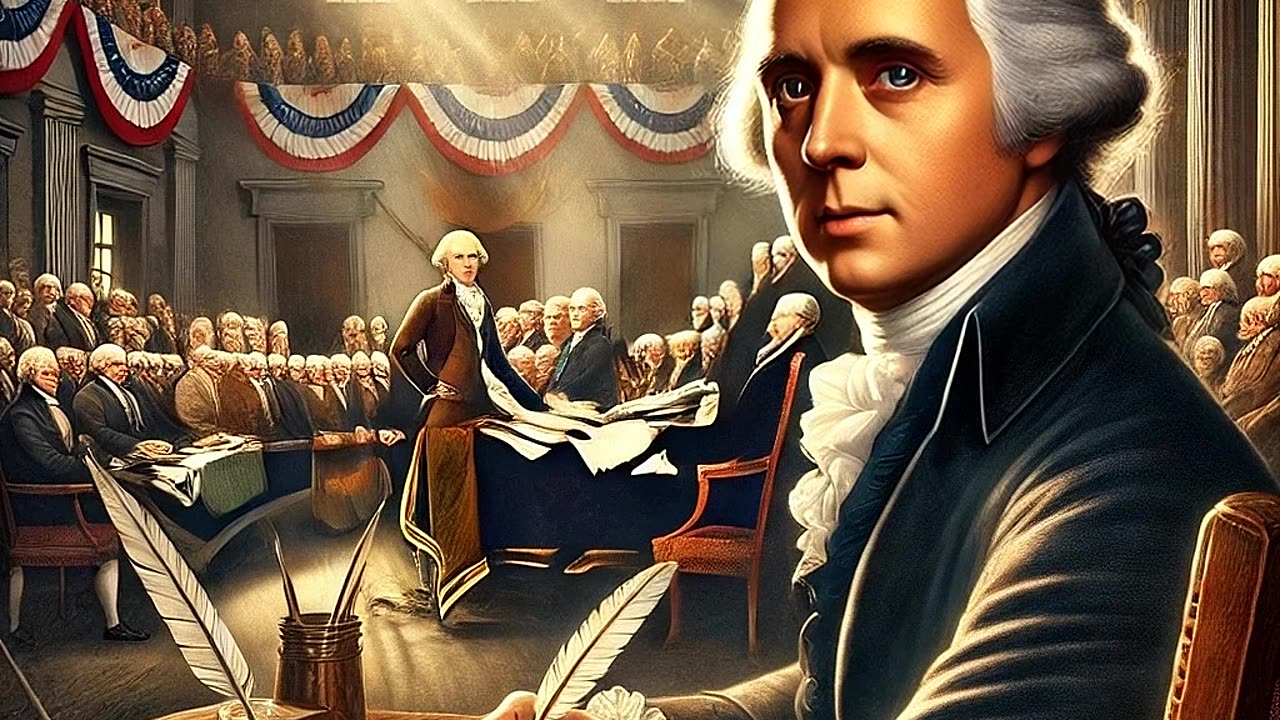
James Madison Tells His Story as the Father of the Constitution and his Virginia Plan 1
Presented to you by: http://www.HistoricalConquest.com
Read more on our blog at: https://www.historicalconquest.com/blog
my name is James Madison, and I’m often called the “Father of the Constitution.” Let me tell you about my life and how I helped shape the early days of the United States.
I was born in 1751 in Virginia to a family of planters. Growing up, I was deeply interested in books and ideas. After attending the College of New Jersey, which you now know as Princeton, I became fascinated with philosophy, government, and history. These subjects would later guide me as I became involved in the creation of the United States.
You see, in the years following the American Revolution, we had a government system called the Articles of Confederation. But it wasn’t working very well. The central government had very little power, and the states acted like individual countries. This worried me because I believed a stronger, more unified government was necessary to keep our new country from falling apart.
In 1787, I attended the Constitutional Convention in Philadelphia, where we gathered to fix the problems with the Articles. However, I wasn’t just there to make a few small changes. I had a vision for a completely new framework—a strong federal government with checks and balances to prevent any one branch from gaining too much power. I came prepared with the Virginia Plan, a proposal that called for three branches of government: the executive, the legislative, and the judicial. This plan became the foundation for the discussions that would eventually lead to the United States Constitution.
One of my biggest contributions during the convention was my advocacy for a system that balanced the power between large and small states. The Great Compromise, which established a two-house legislature, came out of this debate. In the House of Representatives, representation is based on a state’s population, while in the Senate, every state gets two votes, no matter its size.
But my work didn’t stop there. I, along with Alexander Hamilton and John Jay, wrote a series of essays called “The Federalist Papers” to convince people to support the Constitution. These essays explained why we needed a strong central government and how the Constitution would protect individual liberties.
Even after the Constitution was ratified, some people worried it didn’t protect citizens’ rights well enough. So, I took on the task of drafting what became the Bill of Rights—those first ten amendments to the Constitution that protect our freedoms, such as freedom of speech, religion, and the right to a fair trial.
Later in life, I served as the fourth President of the United States, from 1809 to 1817. During my presidency, the War of 1812 occurred, where we once again faced off against Britain. Though the war had its challenges, it ultimately helped solidify the United States as an independent and powerful nation.
Through my years of work, I’ve always believed in the importance of careful thought, debate, and compromise. I wasn’t a loud or forceful figure, but I made my mark through my ideas, my writing, and my vision for what a united country could be. My legacy is tied to the Constitution, but more importantly, I hope it’s a reminder of how important it is to create systems that work for the common good, even when it’s difficult to bring people together. So as you study our history, remember the power of ideas and how they can shape the future.
Visit us at: https://www.historicalconquest.com/marketplace
#historicalconquest #history #historical #ancientamerica #ageofexploration #france #french #iroquois #native #nativeamerican #nativeamericanhistory #british #england #religiouspersecution #expansion #truehistory #settlers #settlement #spain #france #French #Frenchhistory #frenchcolonial #frenchheritage #colonizers #colonizer #FrenchandIndianWar #RevolutionaryWar #AmericanRevolution #AfricanAmerican #BlackAmerican #Freedom #Slavery
-
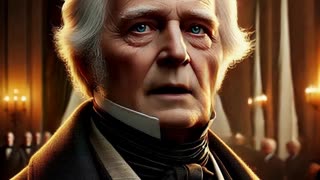 0:59
0:59
The Historical Conquest Channel
15 hours agoJames Buchanan Tells His Story of his Presidency, Leading to Abraham Lincoln and Civil War
7 -
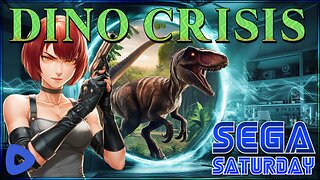 6:10:21
6:10:21
JdaDelete
1 day ago $3.27 earnedDino Crisis - Sega Saturday
52.2K4 -
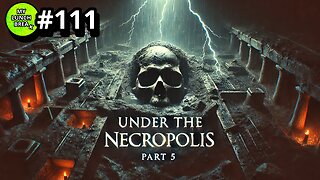 23:22
23:22
MYLUNCHBREAK CHANNEL PAGE
1 day agoUnder The Necropolis - Pt 5
58.4K27 -
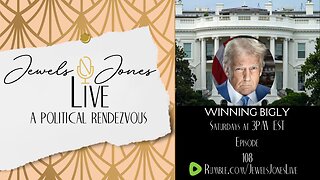 2:26:11
2:26:11
Jewels Jones Live ®
2 days agoWINNING BIGLY | A Political Rendezvous - Ep. 108
125K44 -
 2:04:49
2:04:49
Bare Knuckle Fighting Championship
4 days agoBKFC FIGHT NIGHT MOHEGAN SUN FREE FIGHTS
57.8K7 -
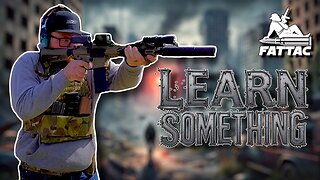 25:09
25:09
BlackDiamondGunsandGear
9 hours agoYou NEED to be Training For Whats to Come
43.9K11 -
 20:03
20:03
Sideserf Cake Studio
15 hours ago $1.60 earnedA HUNGRY HUNGRY HIPPOS CAKE THAT ACTUALLY WORKS?
39.6K13 -
 23:51
23:51
marcushouse
16 hours ago $1.31 earnedStarship’s Next Move Is Coming Sooner Than You Think!
27.5K6 -
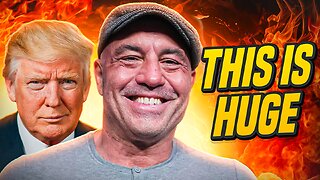 22:24
22:24
The Finance Hub
22 hours ago $8.78 earnedBREAKING: JOE ROGAN JUST DROPPED A MASSIVE BOMBSHELL!!!
30.4K32 -
 55:02
55:02
PMG
11 hours ago $0.79 earnedHannah Faulkner and Miriam Shaw | Moms on A Mission
21K1